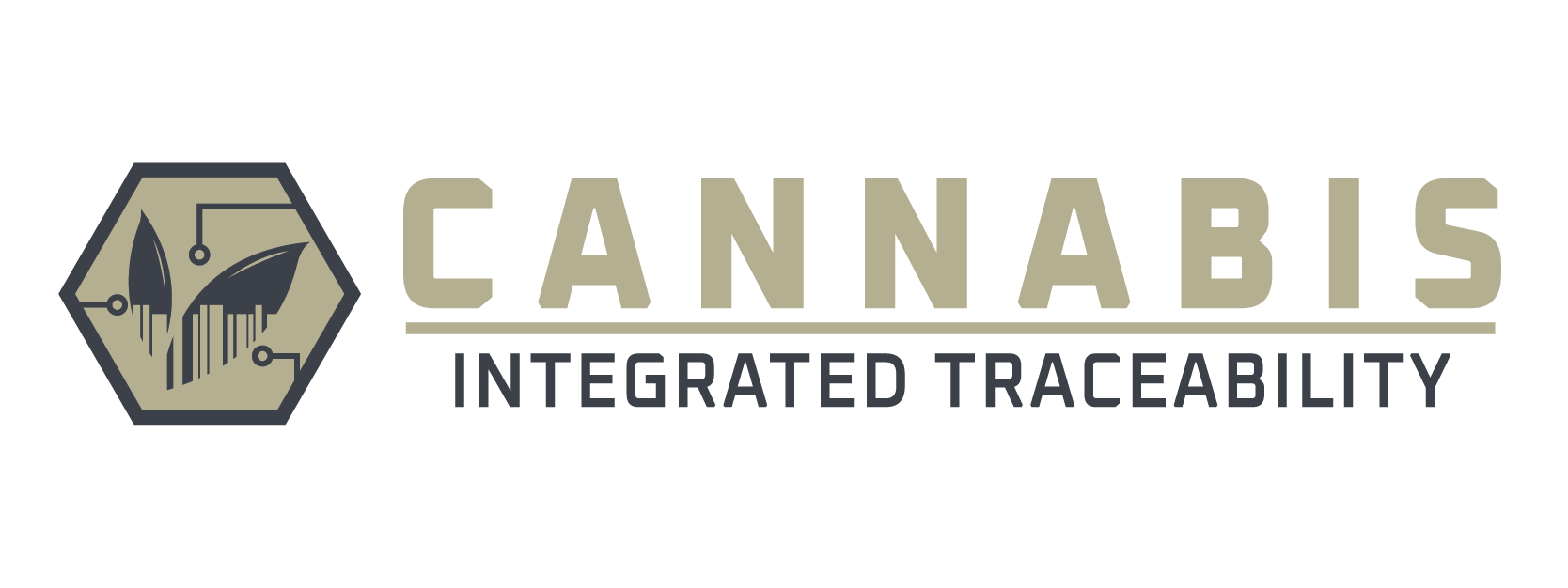In the regulated cannabis industry, traceability is more than a buzzword — it’s a legal and operational backbone that ensures products are safe, compliant, and accounted for at every step of their journey. From cultivation to retail, each gram of cannabis must be meticulously tracked using sophisticated systems that provide regulators, businesses, and consumers with critical data. Here’s a look at the major steps in cannabis traceability and how each contributes to transparency, security, and trust in the marketplace.
1. Cultivation: Plant Tagging and Growth Monitoring
Cannabis traceability starts at the moment a seed is planted or a clone is rooted. In most states, each plant is assigned a unique identifier — often an RFID tag or barcode — which is entered into the state-mandated track-and-trace system such as Metrc, BioTrack, or MJ Freeway. This tag follows the plant through every stage of its lifecycle: vegetation, flowering, harvesting, and drying.
Cultivators are required to log data on watering schedules, pesticide use, nutrient application, and environmental conditions. This documentation ensures that any potential issue, such as contamination or improper care, can be traced back to its source.
2. Harvesting and Processing: Weight Logging and Lot Creation
Once harvested, plants are weighed and trimmed, and their flowers are divided into batches or lots. Each batch receives its own ID for traceability. This step is critical in controlling inventory and assigning accountability.
The same tracking applies during extraction or processing. Whether the plant is turned into concentrates, edibles, or infused beverages, the lot numbers follow through, and new package IDs are created to reflect the processed product. Detailed logging at this stage also includes extraction methods, solvents used, and quantities produced.
3. Lab Testing: Ensuring Product Safety
Before any product reaches the consumer, it must be tested by a licensed third-party laboratory. Lab tests screen for potency (THC/CBD content), pesticides, heavy metals, mold, mildew, and residual solvents. Each test result is tied to a specific batch ID in the track-and-trace system.
If a batch fails testing, it’s either remediated, reprocessed, or destroyed — and all of this is documented digitally. Pass/fail results and Certificates of Analysis (COAs) are required before the product moves on to distribution.
4. Distribution: Transportation and Manifest Tracking
Cannabis products are transported by licensed distributors who are also integrated into the traceability system. Transport manifests must be generated and logged before movement, including details such as origin facility, destination, driver information, vehicle ID, and contents of the shipment.
GPS tracking and digital manifests help prevent diversion or theft and provide real-time updates to regulatory bodies. Upon delivery, products are scanned in and inventory is updated, ensuring a clean handoff between supplier and retail outlet.
5. Retail Sales: Point-of-Sale Integration and Compliance
Once cannabis products arrive at a dispensary, they’re added to the retail inventory system. Every sale must be recorded and tied to a package ID and batch number. Many dispensaries use POS systems that integrate directly with the state’s track-and-trace platform, automating the compliance process.
Sales limits, purchase histories, and product recalls are easier to manage because of this integration. If a recall is issued, dispensaries can notify affected consumers quickly, minimizing risk and liability.
Final Thoughts
The cannabis industry’s rigorous traceability from seed to sale isn’t just about regulation — it’s about building consumer confidence, ensuring public health, and protecting businesses. As technology evolves, systems will become even more automated and intelligent, paving the way for a more transparent and accountable industry.
Discover: 5 Unexpected Ways Traceability Data Improves Cannabis Operations
